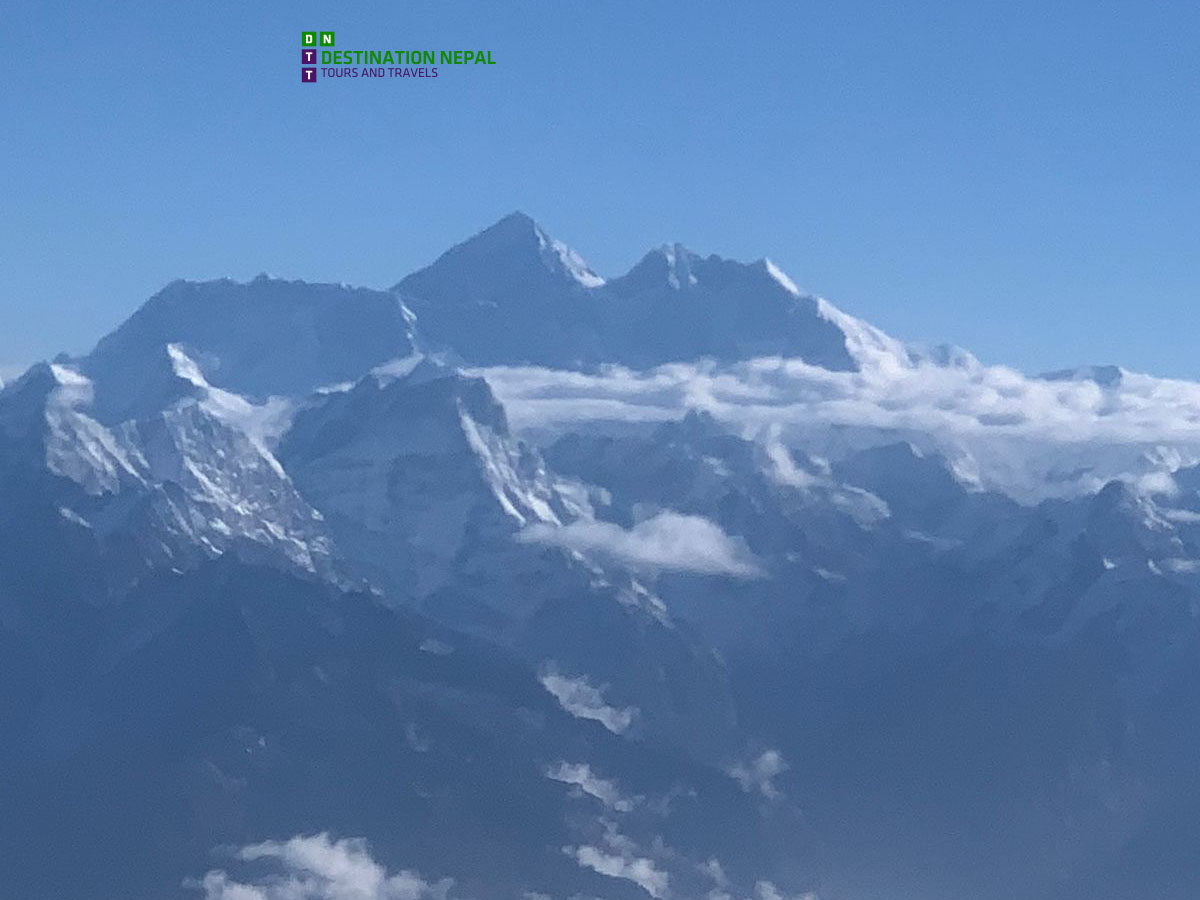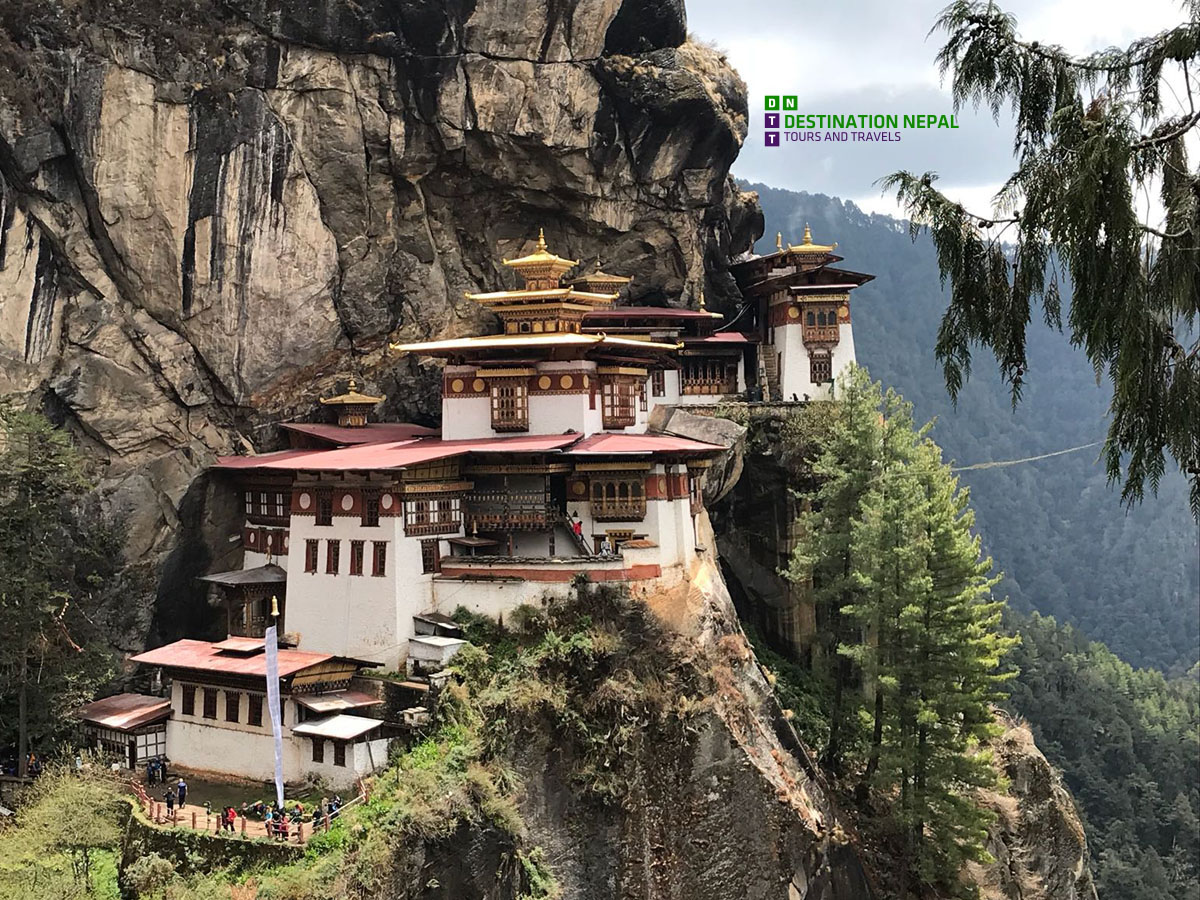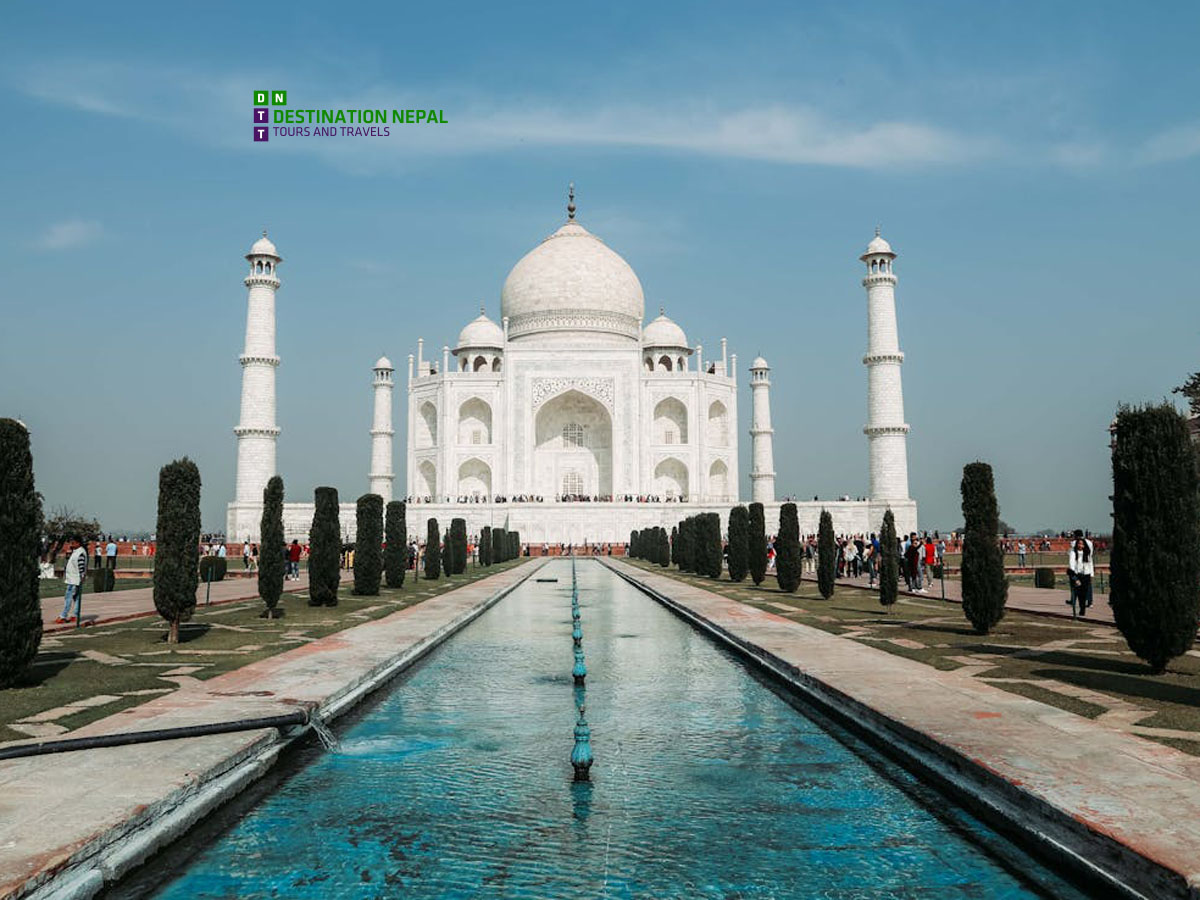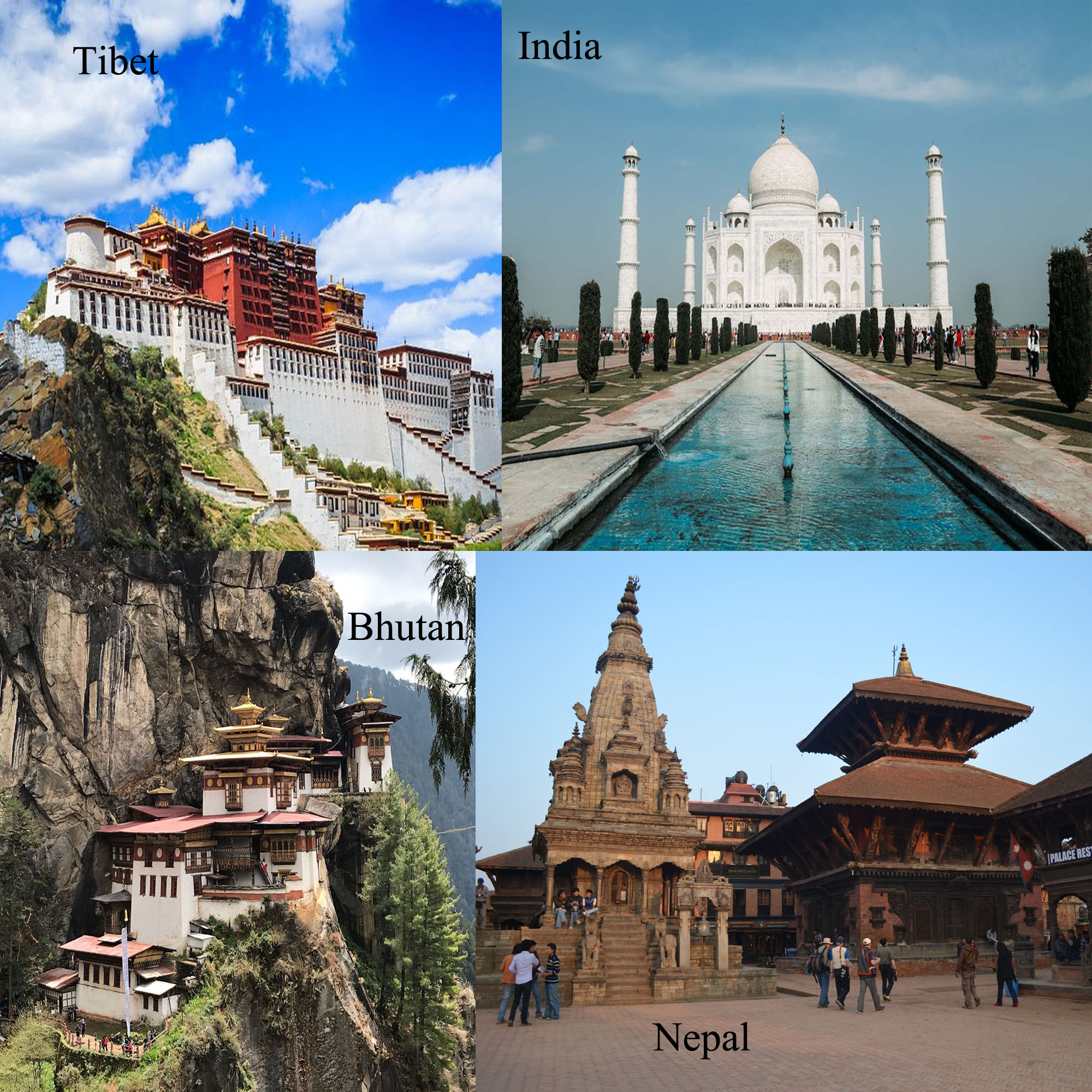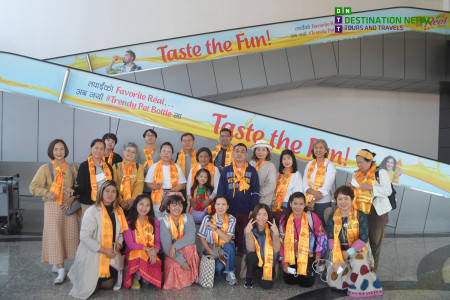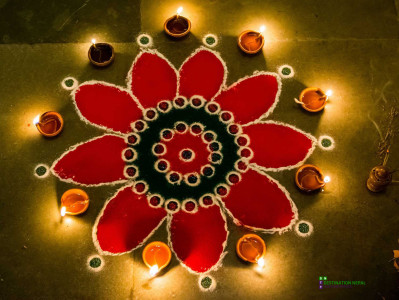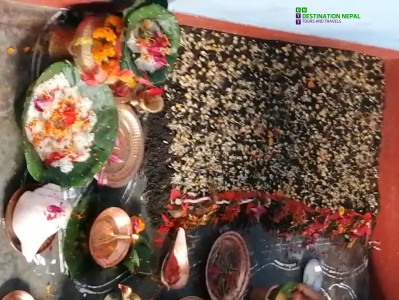Blogs
Best Time to Visit Nepal (Updated Guide 2025/26)
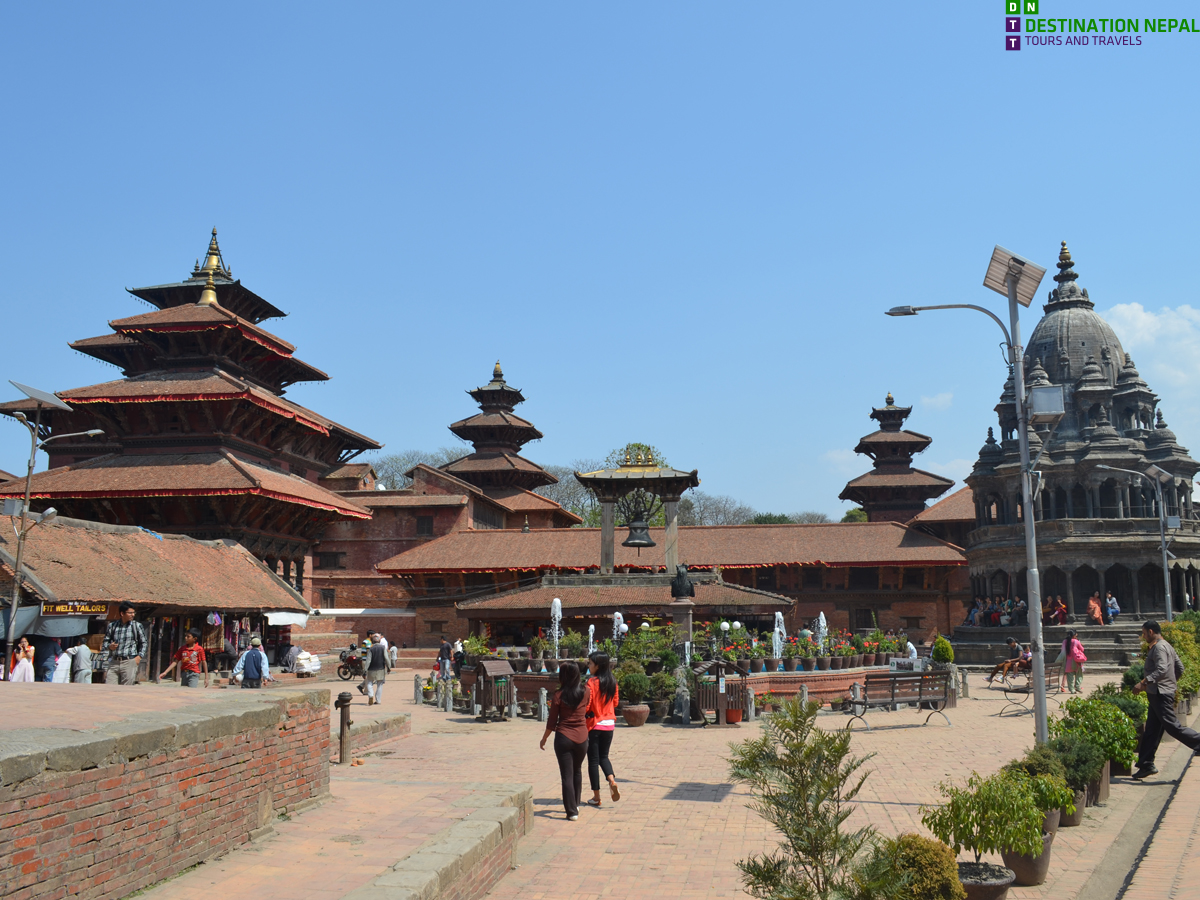
Why “Best Time to visit Nepal” in Nepal Is Changing
For years, travel guides recommended spring (March–May) and autumn (September–November) as the Best time to visit Nepal. These months offered pleasant weather, crystal-clear mountain views, and ideal trekking conditions.
But the world’s climate is changing, and Nepal is no exception. Global warming has caused unpredictable shifts in rainfall and temperature patterns. The old seasonal calendar no longer fits perfectly with what travelers actually experience on the ground.
In the past two years, monsoon rains have extended longer than expected—sometimes lasting until early or even mid-October. Similarly, winters have become milder, and spring is now warmer and occasionally hazier. These changes mean travelers and tour operators must think differently about when to plan their Nepal trips.
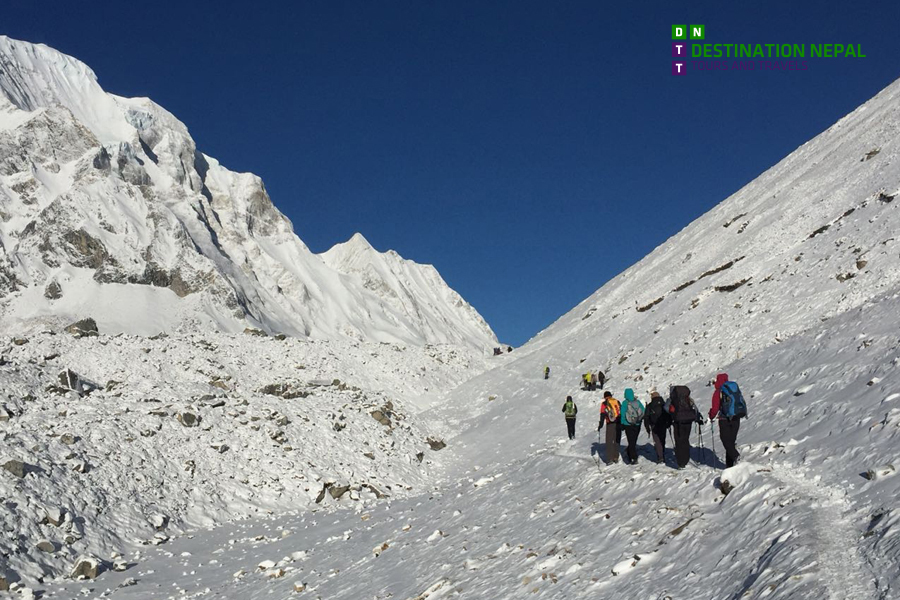
Understanding Nepal’s Climate Patterns
Nepal’s weather varies dramatically from north to south:
- The Terai (southern plains) is hot and humid most of the year.
- The Mid-Hills (Kathmandu, Pokhara) enjoy a moderate climate.
- The Himalayas experience cold winters and short, dry summers.
Normally, Nepal has four distinct seasons:
- Spring (March–May) – warm and colorful, rhododendrons bloom.
- Summer/Monsoon (June–September) – heavy rain and high humidity.
- Autumn (October–November) – clear skies and comfortable temperatures.
- Winter (December–February) – dry and cold, especially in the north.
Now, these boundaries are shifting. Rains often continue well into October, and warm temperatures extend longer into December. As a result, the best time to visit has gradually moved later in the year.
Best Season to Visit Nepal (Month by Month Overview)
|
Month |
Weather Highlights | Travel Recommendation |
| January – February | Dry and cool; cold mornings, clear days | Great for city tours & wildlife safaris |
| March | Warmer, some haze; rhododendron blooming | Start of trekking season |
| April-June | Warm, clear early; pre-monsoon rain possible later | Excellent for trekking & photography |
| July-September | Hot, humid, heavy rainfall; flight delays possible | Avoid unless flexible, but early month is not much raining as per our experence |
| Mid October to December | Clear skies, stable weather, best visibility | Peak trekking and travel season |
Ideal Months for Trekking and City Tours
October to December — The New Peak Season
Based on recent patterns, the best time to visit Nepal is now mid-October to late December. Monsoon rains typically end after the first or second week of October, leaving behind clean air and lush green landscapes.
From October 15 onward, skies are usually clear, perfect for trekking in Everest, Annapurna, and Langtang regions.
Temperatures are moderate—warm during the day and cool at night—and roads are mostly open.
April to June — Beautiful Late Spring Window
As climate patterns shift, April–June is emerging as another excellent time for travel. Early April still brings clear skies and pleasant temperatures. Rhododendrons are in full bloom in the mid-hills, adding color to treks in Langtang, Annapurna, and Ghorepani.
Late May and June are warmer, especially in the Terai, but still manageable before the heavy monsoon begins. Visibility can decrease slightly due to haze, but mornings remain clear in many regions.
Winter Season (January to March) — Perfect for City and Lowland Travel
While high mountain treks may be limited due to snow, winter is excellent for city tours and travel across Nepal’s lowlands. The air is dry and clean, and it rarely rains. Roads stay open, making it easy to travel between cities.
Kathmandu, Pokhara, Lumbini, Chitwan, and Bardiya are ideal winter destinations. The Terai region, which can be extremely hot in other seasons, becomes pleasantly cool during this time.
When Not to Visit Nepal — Monsoon Challenges
The monsoon season (June to early October) brings heavy rain, slippery trails, and frequent landslides, especially in hilly areas. Domestic flights, including to Lukla or Jomsom, may be canceled or delayed for days.
Travelers who must visit during this period should:
- Allow flexible travel days.
- Choose rain-shadow areas like Upper Mustang or Dolpo, which remain relatively dry.
- Carry rain gear and waterproof bags.
While Nepal’s landscapes are lush and beautiful during the monsoon, the risks of road blockage and weather delays are real.
Regional Guide: Best Time by Destination
Kathmandu & Pokhara (Mid-Hills)
- Best: October–December and February–April
- Avoid: July–September due to rain and haze
Everest & Annapurna Region (Mountains)
- Best: Mid-October–December and April–May
- Avoid: January–March (snow), June–September (rain)
Terai Lowlands (Chitwan, Lumbini, Bardiya)
- Best: November–February
- Avoid: June–August due to extreme heat and humidity
Upper Mustang & Dolpo
- Best: April–June and September–November (dry even during monsoon)
How Climate Change Is Affecting Nepal Tourism
Climate change has become one of the biggest challenges for Nepal’s tourism industry. According to reports from the Department of Hydrology and Meteorology, average temperatures in the Himalayan region are rising faster than the global average.
Effects include:
- Unpredictable rainfall: Monsoons starting later and ending later.
- Glacier melting: Affecting mountain routes and water flow.
- Changing trekking conditions: More frequent landslides and trail erosion.
- Shorter weather windows: Good visibility and stable weather now last fewer weeks.
For travel operators and visitors, flexibility and real-time weather updates are becoming essential.
Festivals and Cultural Events by Season
Cultural festivals also influence the best time to visit Nepal:
- September/October: Dashain — the biggest Hindu festival, celebrated nationwide.
- October/November: Tihar (Festival of Lights) — colorful and family-oriented.
- April/May: Buddha Jayanti — celebrates the birth of Lord Buddha.
- February/March: Holi — the festival of colors, lively and joyful.
Traveling during festival time adds a cultural layer to your trip, allowing you to witness local traditions, rituals, and celebrations.
Practical Travel Tips for Nepal’s New Weather Trends
- Stay flexible: Add buffer days for weather delays, especially during shoulder seasons.
- Check forecasts: Use reliable weather apps for mountain regions.
- Pack smart: Include layers, rain gear, and sun protection regardless of season.
- Get insurance: Covering flight cancellations or trekking delays.
- Choose local operators: They understand ground realities better and can quickly adjust itineraries.
Conclusion: Nepal Is Beautiful All Year, But Timing Matters
Nepal welcomes visitors in every season, but choosing the right time can make your journey smoother and more memorable.
Based on recent years and changing weather:
- Best time: Mid-October to December (ideal trekking and festival season)
- Second-best: April to June (warm, colorful, fewer crowds)
- Good for city tours: January to March (clear and dry)
- Avoid: July to early October (heavy monsoon and landslides may happen)
By understanding these new patterns, travelers can plan smarter, stay safer, and fully enjoy Nepal’s diverse beauty.
